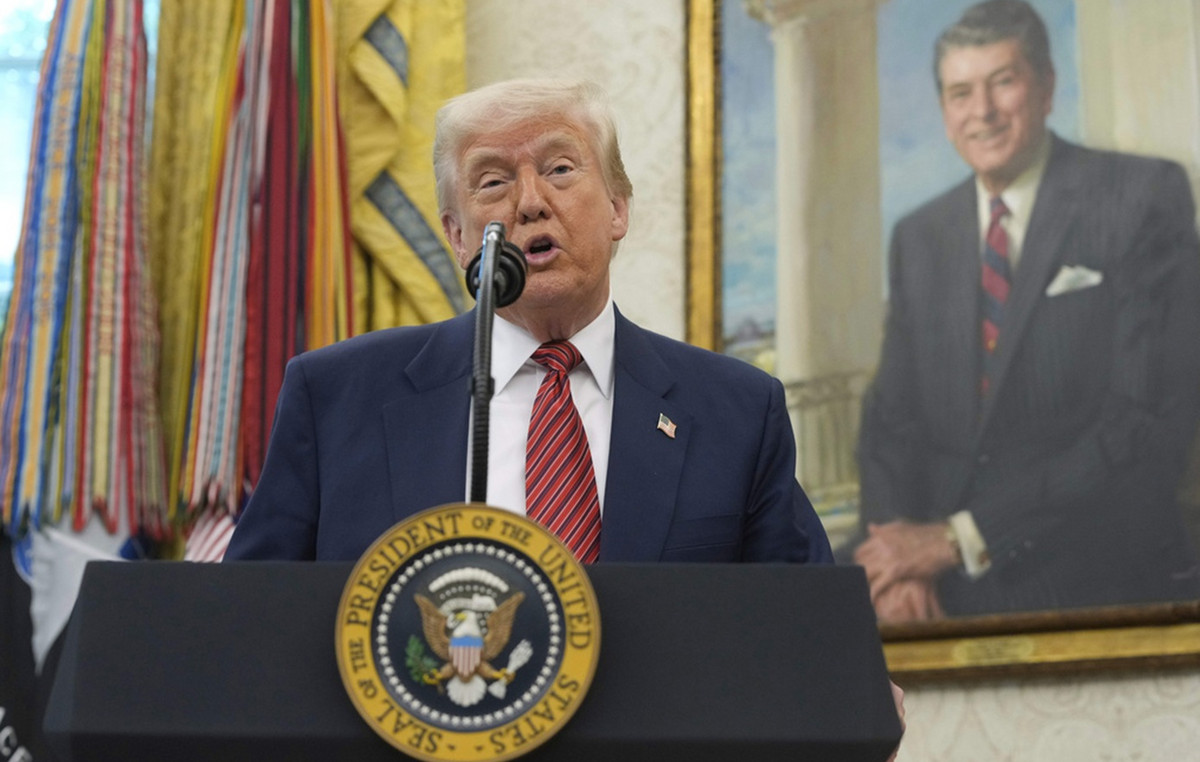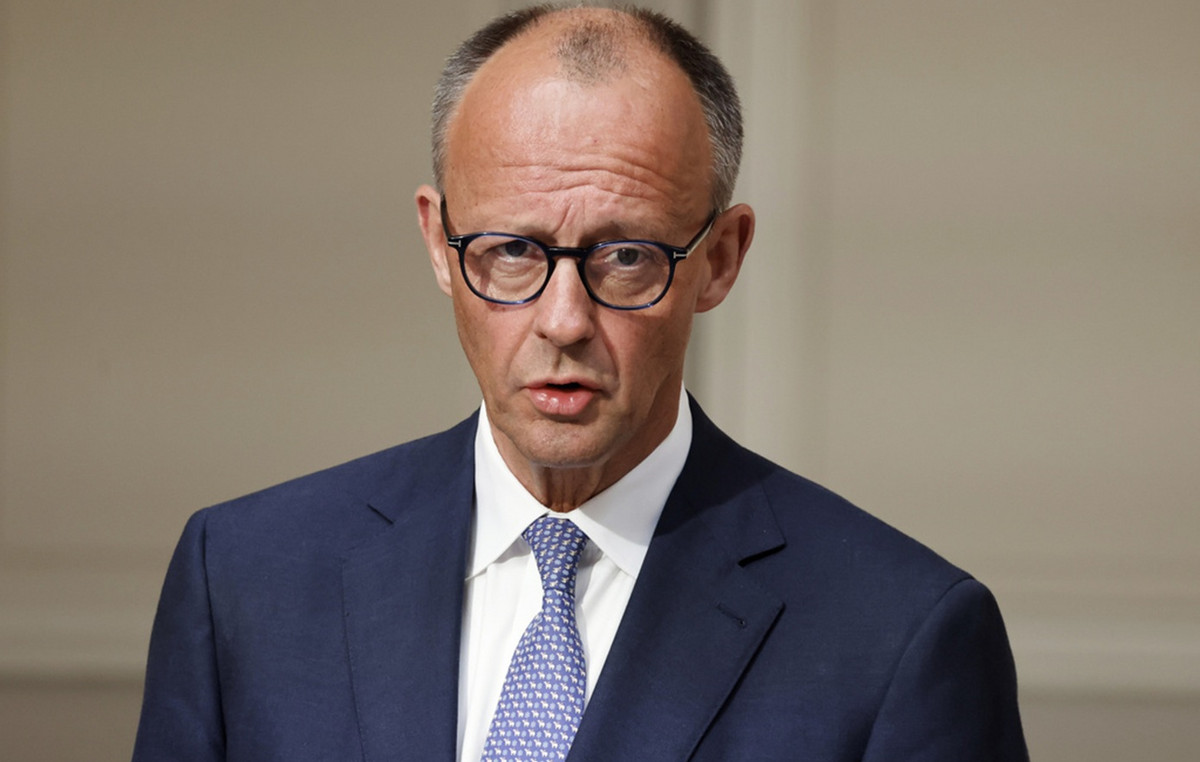- The Swiss franc weakened slightly against the US dollar on Thursday following the release of US inflation data.
- The data shows headline inflation of 3.4%, exceeding previous estimates and results.
- Core inflation, however, shows less upward pressure and moderates downward year-on-year.
He Swiss franc (CHF) falls marginally compared to US dollar (USD) on Thursday following the publication of inflation data in the United States that exceeded expectations. The data suggests that the Federal Reserve (Fed) could delay cutting interest rates in order to maintain its war on inflation. As higher interest rates attract more foreign capital inflows, the news is bullish for the US dollar.
Daily Market Summary: Swiss Franc Adjusts Lower After Dollar Benefits from Inflation Data
- The Swiss franc declines against the US dollar after US inflation data for December shows continued price pressures.
- The Consumer Price Index (CPI) for December showed a year-on-year increase of 3.4% in December, above the forecast of 3.2% and the 3.1% recorded in November.
- The monthly CPI was 0.3%, compared to the 0.2% expected by analysts.
- The annual core CPI was slightly lower at 3.9%, compared to 4.0% in November, but is still higher than the 3.8% forecast.
- With a rise of 0.3%, the monthly core CPI was in line with expectations and equaled November's 0.3%.
- The release of the CPI data caused a slight drop in the market-calculated odds of the Federal Reserve cutting interest rates at its March 2024 meeting, from the upper 60% to the lower 60%.
- However, the fact that the odds still favor a Fed rate cut in March contrasts with the Swiss National Bank (SNB), which is silent on the issue of lowering interest rates.
- At the SNB's last monetary policy meeting in December, its chairman, Thomas Jordan, avoided committing to cutting rates, citing vague reasons related to geopolitical risks.
Swiss Franc technical analysis: USD/CHF in long-term downtrend
The USD/CHF – the number of Swiss Francs (CHF) that one US Dollar (USD) can buy – rises on Thursday, extending the pair's near-term recovery.
However, the USD/CHF pair is in a long-term downtrend, suggesting that the pair is at risk of recapitulating and continuing lower.
-638405845748990229.png)
US Dollar vs Swiss Franc: 4-hour chart
The 4-hour chart shows the pair pulling back after bottoming at the late November lows. The short-term trend is indeterminate, and given the broader bearish bias, it ultimately risks resuming its downtrend.
The recovery from the November lows has stalled and appears stuck in a range. The rate of rise of the recovery is slower than the bearish movement that preceded it, which is a further sign of weakness.
A break below the December consolidation range lows at 0.8465 would likely signal a resumption of the downtrend to the November lows at 0.8332.
Breaking above the main trend line of the bearish move around 0.8600 would be necessary to confirm a short-term trend reversal and further upside. But the next target would be the not much higher 200 hourly SMA, around 0.8630.
Swiss Franc FAQ
What factors determine the price of the Swiss franc?
The Swiss franc (CHF) is the official currency of Switzerland. It is among the ten most traded currencies globally, reaching volumes that far exceed the size of the Swiss economy. Its value is determined by broad market sentiment, the economic health of the country or the measures adopted by the Swiss National Bank (SNB), among other factors. Between 2011 and 2015, the Swiss franc was pegged to the euro (EUR). This peg was abruptly removed, causing an increase of more than 20% in the value of the franc, causing turmoil in the markets. Although the peg is no longer in effect, the fortunes of the Swiss franc tend to be highly correlated with those of the euro, due to the Swiss economy's heavy dependence on the neighboring eurozone.
Why is the Swiss franc considered a safe haven currency?
The Swiss franc (CHF) is considered a safe haven asset, or a currency that investors tend to buy during times of market stress. This is due to Switzerland's perceived status in the world: a stable economy, a strong export sector, large central bank reserves or a long-standing political stance towards neutrality in global conflicts make the country's currency a Good option for investors who avoid risks. The turbulent times are likely to strengthen the value of CHF against other currencies that are considered riskier to invest in.
How do decisions by the Swiss National Bank affect the Swiss franc?
The Swiss National Bank (SNB) meets four times a year – once a quarter, less than other major central banks – to decide on monetary policy. The bank's goal is to achieve an annual inflation rate of less than 2%. When inflation is higher than the target or is expected to be higher in the near future, the bank will attempt to control price growth by raising its interest rate. Higher interest rates are generally positive for the Swiss franc (CHF), as they translate into higher yields, making the country a more attractive location for investors. On the contrary, lower interest rates tend to weaken the CHF.
How does economic data influence the value of the Swiss franc?
The publication of macroeconomic data in Switzerland is key to assessing the state of the economy and can influence the valuation of the Swiss franc (CHF). The Swiss economy remains broadly stable, but any sudden changes in economic growth, inflation, current account or central bank foreign exchange reserves can trigger movements in the CHF. In general, high economic growth, low unemployment rate and high confidence are good for the CHF. Conversely, if economic data points to weakening momentum, the CHF is likely to depreciate.
How does euro zone monetary policy affect the Swiss franc?
As a small, open economy, Switzerland relies heavily on the health of neighboring Eurozone economies. The broader European Union is Switzerland's main economic partner and a key political ally, so the macroeconomic and monetary policy stability of the eurozone is essential for Switzerland and, therefore, for the Swiss franc (CHF). With such dependence, some models suggest that the correlation between the fortunes of the Euro (EUR) and the Swiss Franc is greater than 90%, or close to perfect.
Source: Fx Street
I am Joshua Winder, a senior-level journalist and editor at World Stock Market. I specialize in covering news related to the stock market and economic trends. With more than 8 years of experience in this field, I have become an expert in financial reporting.







